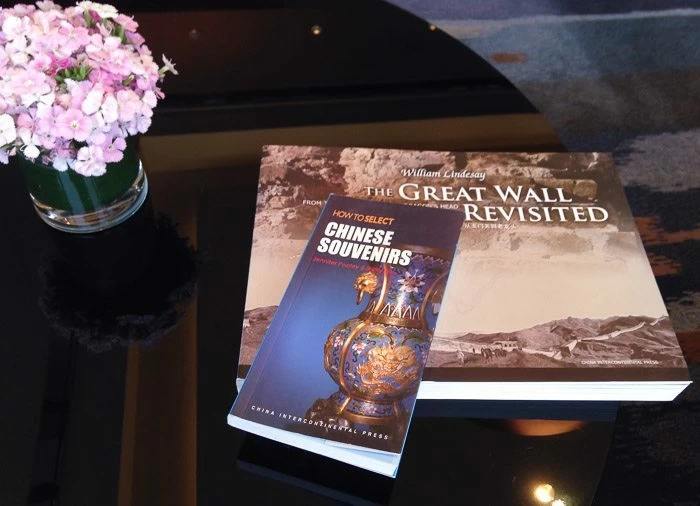This post was written by my husband who took a three week tour of famous stops along the Silk Road.
“Are you… a missionary?” That’s what a surprised Chinese flight attendant asked me, politely incredulous after I told him that my Air China flight from California to Beijing was just another leg on my way to Ürümqi, the capital of China’s restive, western Xinjiang province.
He was doubly surprised when I replied that, no, I was not on a religious mission, but just an interested American tourist.
In English, Xinjiang translates literally as “New Frontier.” It’s a very evocative name, I’ve always thought. But for substantially every Chinese person I’ve ever met in China, almost none of whom had ever actually been to this lightly populated region in Northwest China, the name seems to connote uncertainty, and a little mystery, with little to interest them otherwise.
That’s one of the reasons I had long wanted to visit there.
We can help you save on tickets, tours, and hotels. If you purchase through some of the links below, we may be compensated. Thank you for supporting our small business! Our editorial guidelines.
About Xinjiang Provence
Officially titled the “Xinjiang Uyghur Autonomous Region,” the province is a vast expanse of mostly uninhabitable mountains and deserts that, for the last several decades (and before), has been the site of periodic uprisings by the indigenous, primarily Muslim, Turkic people called Uyghurs against the Chinese government (who had re-asserted control there starting in 1949) and Chinese people living there now.
Ethnic, religious, and national tensions dating back over 100 years have been exacerbated by Chinese government policies in recent decades encouraging Han Chinese to move to the region, in significant part to exploit the region’s oil and mineral resources.
That migration has not only slowly, inexorably changed the ethnic mix there to make the Uyghurs a minority, but (as I was told repeatedly and bitterly by Uyghurs) has also made many Uyghurs feel excluded from the new, better-paying jobs filled by Han Chinese immigrants.
For Westerners like me, the primary historical allure of Xinjiang province is probably that it contains several oasis cities that were once stops on the famous Silk Road, the camel-trodden trade routes that once connected Europe with mysterious China.
The Provincial Capital of Ürümqi
In contrast, the provincial capital Ürümqi, into which I flew from Beijing, is not a name or a place with which most westerners are familiar. It’s a modern city in the modern Chinese style, with several downtown skyscrapers housing bank buildings and luxury apartments and some serious rush hour traffic.
All of this seems in stark contrast to the cluster of mosques and market streets in the much older Uyghurs quarter that the modern downtown now engulfs.
Let’s just say that Ürümqi is not much of a tourist destination for well-heeled, English-speaking, American, and European visitors. It definitely is for people like me.
Ürümqi Hotels
My luxury hotel in Ürümqi, a high rise located just off the city’s central square, had several features typical of such hotels in China that may be less familiar to Americans used to staying in, say, a Four Seasons or Mandarin Oriental.
Most rooms will have been treated by prior guests as smoking rooms, even if designated otherwise. In-room air conditioning/heating controls seem to work but to have only a maddeningly minimal effect. To Americans used to sleeping on high thread count Frette sheets on king-size hotel beds, these beds in China can feel like sleeping on neatly stacked cardboard.
Nonetheless, rooms are otherwise clean, safe, and have reliable hot and cold running water, and bathrooms stocked with a wide variety of complimentary toiletries. (Though Chinese toothpaste—in tiny tubes—may be an acquired taste for some.)
Western visitors should be aware that you’ll only be allowed to access sites through hotel internet that are permitted in China. Many use a VPN in China to get around the firewall, but I have read that VPNs are the subject of police crackdowns, so I didn’t try to use one.
The Food in Ürümqi
I ate several meals in Ürümqi, both Chinese, and Uyghurs. The Uyghur food I had in Ürümqi was heavy on kebabs and a fantastic tandoor bread. I particularly liked Samsa, essentially little meat pies cooked in a brick oven and sold on the street. I had Chinese food in several local restaurants there as well, some better than others.
But it was notable to me that there was very little ethnic diversity among the patrons in these two types of restaurants. Chinese stuck to Chinese food and Uyghurs to Uyghur food. (The Uyghurs’ explanation was that they would only eat foods prepared consistent with specific religious requirements.)
I did make a point of also eating at a Dicos, a famous Chinese fast food chain that I’d always wanted to try, that was, on reflection, perhaps more of a Kentucky Fried Chicken clone than I had envisioned.
Is it Safe in Ürümqi?
As for city tourism, the first thing I noticed when walking around was the very heavy Chinese police presence. In the city center, at many strategic intersections or corners, a handful of police had been stationed along with their armored personnel carriers.
Combined with the metal detectors at the entrances of many retail stores and restaurants, and both a metal detector and airport-style bag check at the entrance to my hotel, there was a level of security in the city that neared the point beyond which I felt safe and toward which I might start to worry about the ambient risk level.
Things to Do in Ürümqi
The central Uyghur quarter of the city includes several picturesque mosques, a large, traditional covered bazaar, Uyghur restaurants (of varying size, sophistication, expense, and cleanliness) and several side streets with more shops and street food vendors.
But the tourist site highlight in Ürümqi for me personally was the Xinjiang Regional Museum. My wife has asked me to write a list of things to do in Ürümqi so stay tuned for more details.
If you’ve been to Ürümqi, we’d love to know what you think of it.














Leave a Reply